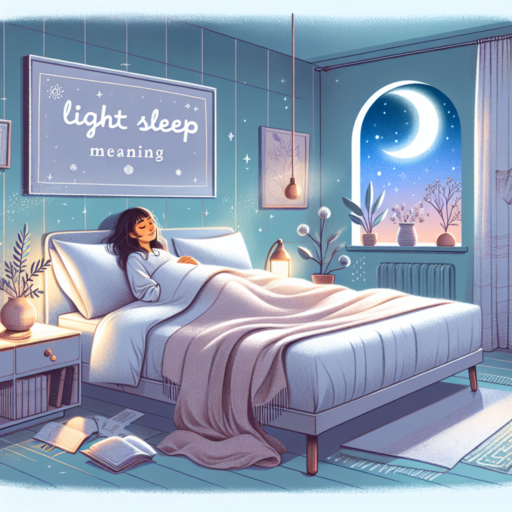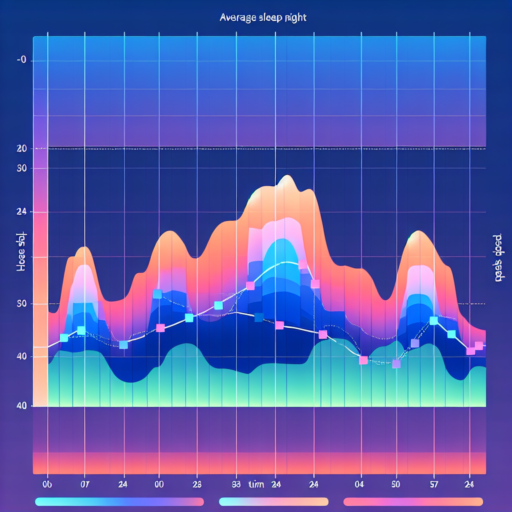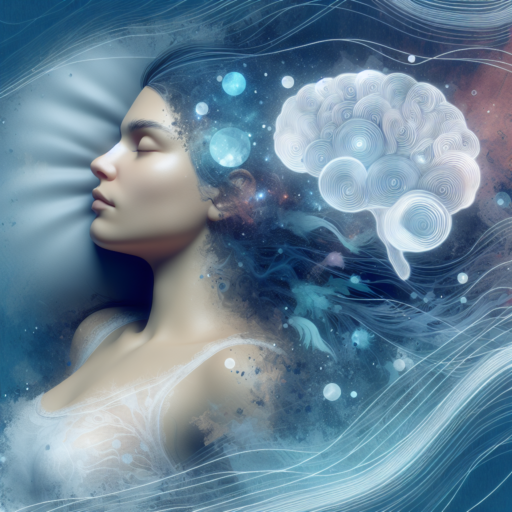Is light sleep good sleep?
Often, when we talk about sleep quality, we dive into the realm of deep sleep, dismissing light sleep as inferior or less important. However, underestimating the role of light sleep is a mistake. Light sleep serves as the entry point into the sleep cycle, acting as a transition phase between wakefulness and deeper stages of sleep.
Light sleep, or stage 1 and stage 2 sleep, according to sleep science, plays a critical role in memory consolidation, cognitive function, and overall health. It’s the most dominant sleep stage throughout the night, making up a significant portion of our sleep cycle. During this phase, the body starts to relax, heart rate and breathing rate slow down, and the brain begins to prepare for deep sleep.
Importantly, while light sleep might not have the restorative powers of deep or REM sleep, it serves essential functions in maintaining healthy brain activity and providing the body with the necessary rest. Ignoring the value of light sleep can lead to a misunderstanding of what truly constitutes restful and rejuvenative sleep.
What is light sleep vs deep sleeper?
Understanding the differences between light sleep and deep sleep is crucial for grasping the complexities of our sleep cycles. Light sleep, typically known as the first stage in the sleep cycle, acts as a transition period between wakefulness and deeper sleep stages. During this phase, our body prepares to enter deep sleep, making it relatively easy for us to be awakened. This stage of sleep plays a significant role in cognitive function, memory consolidation, and overall health.
Deep sleep, on the other hand, is the stage where our body undertakes most of its healing and restorative processes. It’s during deep sleep that the body repairs tissues, builds bone and muscle, and strengthens the immune system. Our heart rate and breathing slow to their lowest levels during sleep in this phase. Because of these processes, deep sleep is often considered the most crucial element of our sleep cycle for physical recovery and growth.
The Characteristics of Light and Deep Sleep
- Light Sleep: Characterized by slow eye movements, decreased heart rate and muscle relaxation. It’s during this phase that one can be easily awakened.
- Deep Sleep: There are no eye movements, and it’s difficult to awaken someone. This phase is essential for energy restoration, cellular repair, and growth hormone release.
Recognizing the differences between these sleep stages can be beneficial for improving sleep quality. While light sleep helps with mental and emotional recovery, deep sleep is vital for physical health and well-being. Both stages are integral to achieving a balanced and restorative sleep cycle, highlighting the necessity of experiencing adequate amounts of each for optimum health.
No se han encontrado productos.
What type of sleep is best?
When discussing the quality of sleep, it’s essential to compare the different stages of sleep and understand which type offers the most benefits for health and wellbeing. Each stage of sleep serves a unique purpose, affecting everything from memory consolidation to physical recovery. While all stages are important, deep sleep and rapid eye movement (REM) sleep are often highlighted for their vital roles.
Deep Sleep for Physical Restoration
Deep sleep, also known as slow-wave sleep, is crucial for physical health. This stage is characterized by slower brain waves, making it harder to wake someone up. It is during deep sleep that the body undergoes significant restoration processes, including tissue repair, growth hormone release, and strengthening of the immune system. Most adults require 1 to 2 hours of deep sleep per night for optimal physical health.
REM Sleep for Cognitive Functions
On the other hand, REM sleep is paramount for cognitive and emotional health. Occurring roughly 90 minutes after falling asleep, REM sleep features faster brain waves, rapid eye movement, and increased heart rate. This stage is closely linked with dreaming, memory consolidation, and mood regulation. Ensuring a sufficient amount of REM sleep can enhance learning, creativity, and emotional stability. Typically, a healthy adult should aim for about 20-25% of their sleep to be REM sleep.
What causes very light sleep?
Several factors contribute to very light sleep, impacting the quality and depth of rest one experiences. Understanding these contributors is essential for those seeking ways to enhance their sleep quality.
External Factors Influencing Light Sleep
External factors play a significant role in determining sleep quality. Noise levels, room temperature, and light exposure are primary environmental factors that can lead to light sleep. Noise disruptions, even those at relatively low volumes, can cause shifts between sleep stages, preventing the deep, restorative stages of sleep. Similarly, an uncomfortable sleeping environment, whether too hot or too cold, can prevent individuals from settling into deeper sleep cycles. Additionally, exposure to blue light from screens before bedtime can significantly impact melatonin production, hindering the ability to enter deeper sleep stages.
Internal Causes of Light Sleep
Beyond environmental factors, several internal conditions can contribute to very light sleep. Stress and anxiety are prominent contributors, as they can increase the body’s level of cortisol, making it difficult to relax fully and reach deeper sleep stages. Furthermore, caffeine and alcohol consumption close to bedtime can alter sleep architecture, leading to increased periods of light sleep. Lastly, underlying sleep disorders, such as sleep apnea or insomnia, can severely disrupt sleep patterns, preventing deep sleep stages.
In exploring the causes of very light sleep, it’s clear that both external and internal factors can significantly impact sleep quality. Addressing these issues is crucial for achieving a balanced and restorative sleep cycle.




